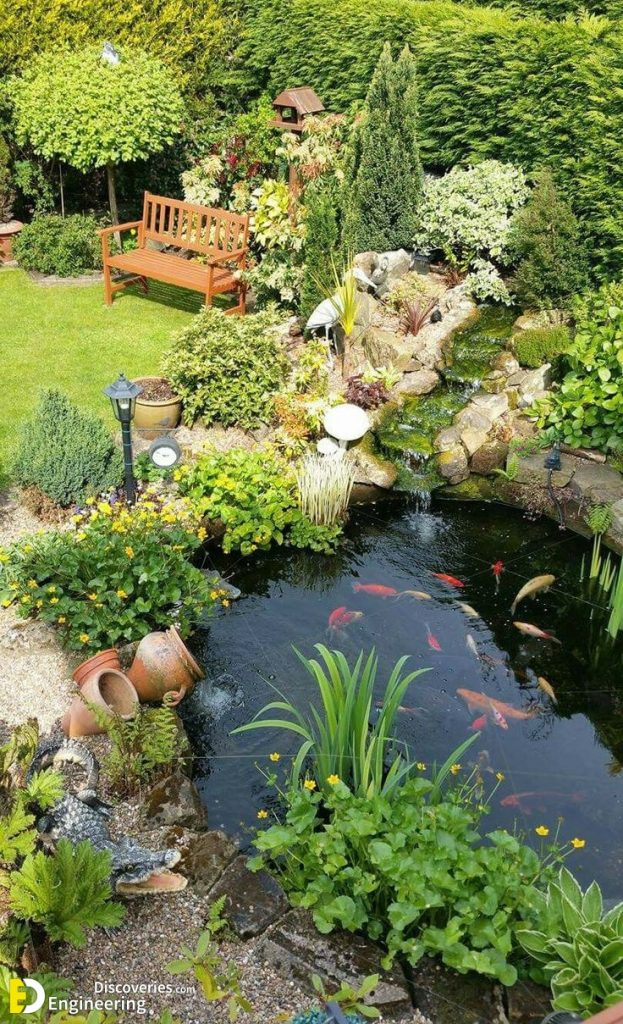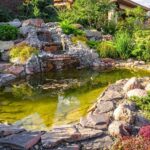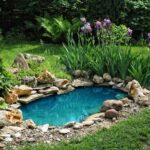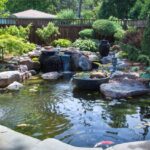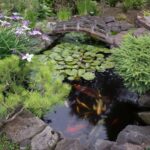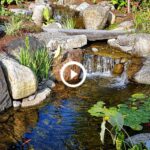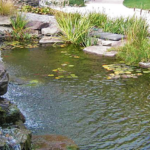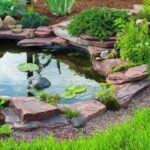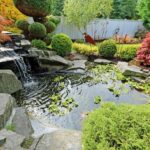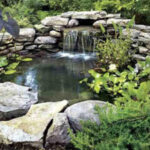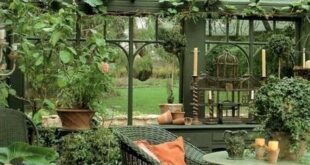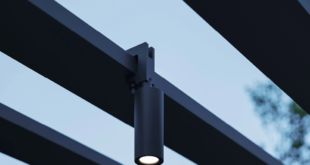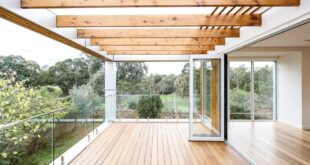In today’s fast-paced world, finding moments of peace and tranquility can be a challenge. One way to escape the hustle and bustle of everyday life is by creating a garden pond in your outdoor space. A garden pond has the ability to transform a regular backyard into a serene oasis that provides a calming and soothing environment.
Designing a garden pond may seem like a daunting task, but with the right planning and knowledge, anyone can create a beautiful water feature that enhances their outdoor space. To help you in this endeavor, we have put together the ultimate guide to designing a garden pond.
1. Planning and Design
The first step in designing a garden pond is to carefully plan and design the layout of your water feature. Consider factors such as the size and location of the pond, the type of plants and fish you want to include, and any additional features such as waterfalls or fountains. Take into account the natural landscape of your outdoor space and work with it to create a harmonious design.
2. Choosing the Right Location
When choosing a location for your garden pond, it is important to consider factors such as sunlight exposure, proximity to trees and shrubs, and accessibility for maintenance. Aim to place your pond in a spot that receives a good amount of sunlight, as this will help plants and fish thrive. Avoid placing your pond directly under trees, as falling leaves can clog the water and create maintenance issues.
3. Digging and Shaping the Pond
Once you have chosen a location for your garden pond, it’s time to start digging and shaping the pond. Use a shovel or a backhoe to excavate the area, making sure to create a pond that is the desired depth and shape. Consider adding shelves or ledges for plants and rocks to create a natural-looking water feature.
4. Installing a Liner
After digging and shaping the pond, it is time to install a liner to prevent water from seeping into the surrounding soil. Choose a high-quality pond liner that is durable and resistant to punctures. Carefully lay the liner in the pond, making sure to smooth out any wrinkles or creases.
5. Adding Plants and Decorations
Once the pond is lined, it’s time to start adding plants and decorations to enhance the beauty of your water feature. Consider adding aquatic plants such as water lilies, lotus flowers, and water hyacinths to create a natural and serene environment. You can also add rocks, driftwood, and statues to add visual interest to your pond.
6. Incorporating Fish
If you are interested in adding fish to your pond, choose species that are well-suited to your climate and pond size. Popular options include koi, goldfish, and tadpoles. Make sure to provide proper filtration and aeration for your fish to ensure their health and well-being.
7. Maintenance and Care
To keep your garden pond in top condition, it is important to regularly maintain and care for it. This includes tasks such as cleaning debris from the water, fertilizing plants, and checking the water quality. Consider investing in a pond pump and filter to help keep the water clear and free of algae.
Creating a garden pond is a rewarding project that can bring years of enjoyment and relaxation. By following this ultimate guide to designing a garden pond, you can create a serene oasis in your outdoor space that provides a peaceful retreat from the stresses of everyday life. So roll up your sleeves, grab your shovel, and start creating your own tranquil water feature today.
